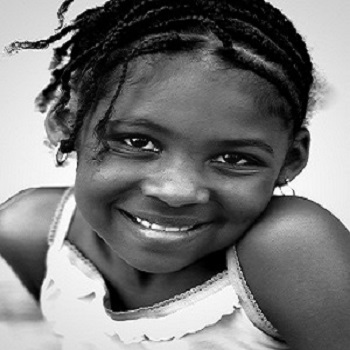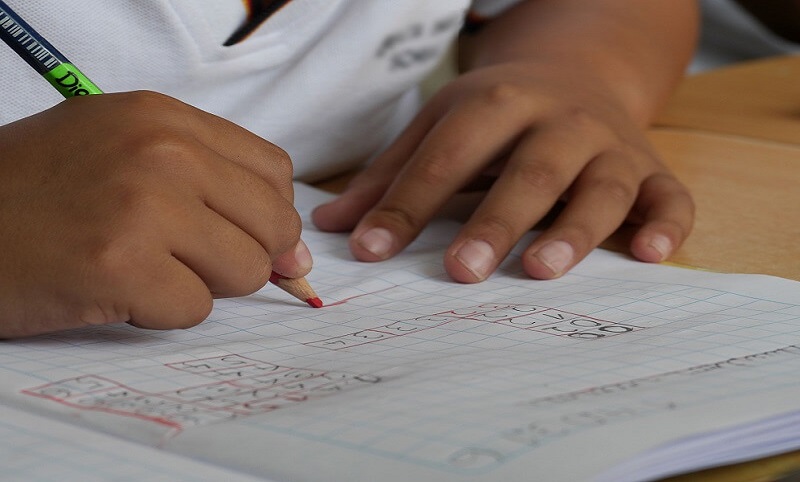
Every now and then when we come across a child who is crying loudly, my son goes: “Look mummy he/she is crying like a baby”. I take my time to explain to him that saying that isn’t very nice first as the person in question can hear him, but more importantly because the child is crying because he/she is upset about something. Immediately he goes “awwww sorry” or “awww don’t cry”. I believe doing this consistently will help him realize that it is not nice to make fun of people who seem to be in a not so favourable position.
At other times, he might ask why someone is walking with a stick or limping and again, I take my time to explain to him the possible reasons. Each time though, I try to explain from the point of the hurt or discomfort the person may be feeling.
21st March was World Down Syndrome day and in order to celebrate, they were asked to come to school in colourful socks. When it was time to get dressed I told him he was getting a new pair of socks. Although he was excited but he still asked why (asking why comes with everything these days- even simple I love you!). So I told him it was to celebrate Down Syndrome day. Do you know what Down Syndrome is I asked. He said no. Hmmmnnn, how do you explain Down Syndrome to a 4.5 year old? So I decided to go the picture route. I turned to google and searched for images of Down Syndrome. Out of the several images, I picked out one which I believed would show clearly the physical features of a child with Down Syndrome. I then asked him: Look at this picture, what do you see? He replied the boy is smiling – awww he is so cute! For a moment I paused and looked at him and realised how so innocent a child’s mind is. He doesn’t see Down Syndrome, he only sees a child who is smiling and cute. I didn’t bother again with my explanation. We will save that for when he is slightly older and can understand science.
In the meantime my work continues. There is no stopping until I get him to see, understand and accept that people are much more than how they appear or how they don’t appear. Teaching a child empathy is our responsibility as parents and if you are not already doing so, it is not too late to start. The beautiful world we want for our children can only happen if we help them to become individuals with beautiful hearts.
Basirat R-Shuaib



